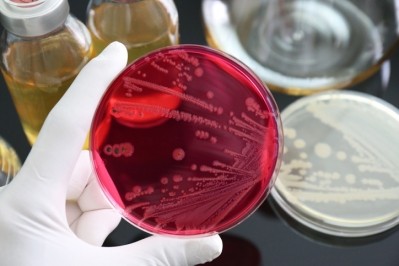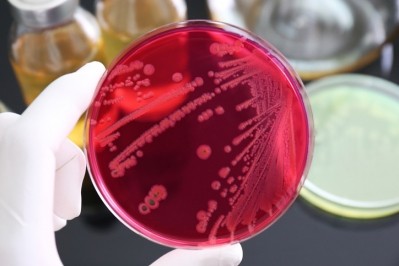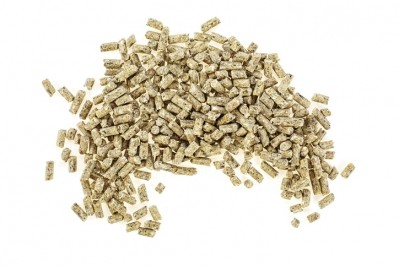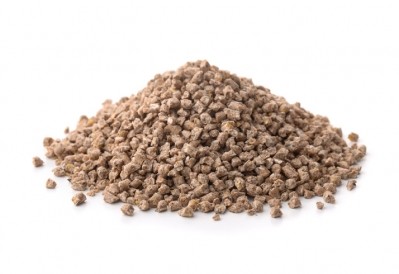Validation of kill step will heighten bacteria and mold control in feed plants: expert
At VICTAM 2015, she also spoke about how critical a HACCP program, the layout of a feed plant, intelligent processing and hygienic design of equipment are in terms of controlling contamination of feed by Salmonella and other pathogenic bacteria.
She said with an increasing shift away from the use of antibiotics in livestock production, hygiene is more than ever paramount in feed processing: “You cannot correct things anymore with antibiotics."
The highest risk class of feed materials in terms of Salmonella contamination are said to be those of animal origin including animal derived fat, fishmeal or some milk and egg products.
Meals and cakes from the oil crushing industry including coconut expeller, palm kernel expeller, rapeseed, and soybean meals and maize gluten feed and meal are also at risk of bacterial adulteration.
Managing risk
In January, FEFAC updated its publication on feed safety management to include much more detailed guidance on to how to manage salmonella and aflatoxins risk.
The feed manufacture representative body says its updated European Feed Manufacturers Guide (EFMC) is a practical tool for the implementation of the requirements of Regulation (EC) No 183/2005 on Feed Hygiene throughout the EU.
Arnaud Bouxin, deputy secretary general of FEFAC, told us previously: “With the declining risk in term of salmonella contamination of meat products in the EU in the past few years, the European Commission decided against imposing microbiological criteria around the pathogen; the regulator supports a best practice risk management guidance approach to salmonella control instead.
The Commission also recognized there are a plethora of different salmonella management strategies across European markets, with the Nordic countries, in the main, taking a zero tolerance approach to salmonella contaminated feed consignments while other countries choose to treat adulterated material.
So trying to generate consensus at EU level on one control method to reduce risk would prove highly challenging.
This is where we stepped in – our new guidelines encompass the whole gamut of effective salmonella containment measures being employed across member states, and it is now up to the operators in a given country to use this document like a toolbox and choose the strategy that best suits their needs,” he said.
The new guidelines, which Bouxin said were developed in conjunction with feed and food chain partners, are particularly aimed at countries where salmonella risk mitigation strategies are only in the development phase.
Aflatoxin threat
There is increasing concern over the threat posed by aflatoxin-tainted maize to EU livestock production.
Within this content, Bouxin said the updated guidelines also provide advice on how to manage risk in relation to these contaminants in maize consignments, particularly in relation to feed materials designated for use by the dairy sector. “We collaborated with the Commission on how to proceed in this respect,” he added.
The revised guidance can be accessed here.








